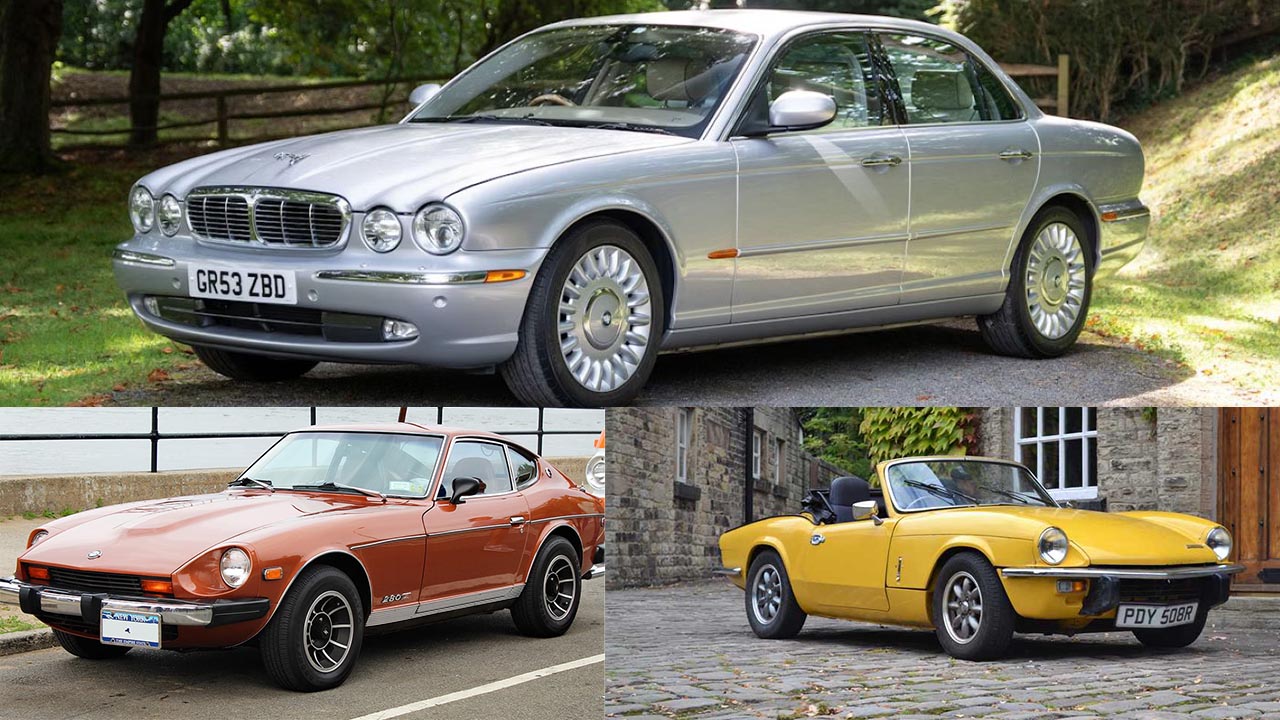Owning a car can mean vastly different things depending on the individual. For some, it’s a symbol of pride; for others, a constant headache.
Some view it simply as a necessary evil. People’s preferences also vary widely, though many tend to choose vehicles that are both practical and affordable, hoping they’ll be reliable and low-maintenance.
While this type of car suits the majority, there’s a niche group of drivers who are drawn to the charm and nostalgia of cars from decades past—classic cars.
Before diving in, it’s worth clarifying what constitutes a classic or collectible car. The line can be blurry.
A company that specializes in insuring antique, vintage, and classic vehicles, a classic car is generally defined as being over 20 years old but under 40—anything older typically falls into the vintage category.
That said, the term “classic” is often used more loosely in everyday language, referring to vehicles from earlier decades in general. But not every classic qualifies as collectible.
Take the 1984 Buick Century as an example. It might be an ’80s classic by age, but very few would consider it collectible.
Jay Leno puts it best: “The vehicle should be of technical or historical interest, it should be fun to drive, and it should be pleasant to look at.”
The Buick Century fails to meet any of these criteria. The challenge with many collectible classics is that they tend to be expensive to buy and a hassle to maintain—but that’s not true across the board. For a list of collectible classics that are more affordable and manageable, look no further.
Volkswagen Type 1 Beetle
Arguably the most iconic classic car across the globe is the Volkswagen Type 1, better known as the Beetle.
Produced for several decades until 2003—with U.S. sales ending in 1978—this once-common car still shows up frequently in the used market. There are plenty of good reasons why a Beetle remains a worthwhile purchase today.
One of its standout features, central to its original design, is how easy it is to maintain and repair. The engine is air-cooled, eliminating the need for a radiator, water pump, cooling fan, and hoses—components that often create issues in other vehicles.
Its rear-engine setup combines the engine and transaxle and allows simple access to parts like the ignition and carburetor.
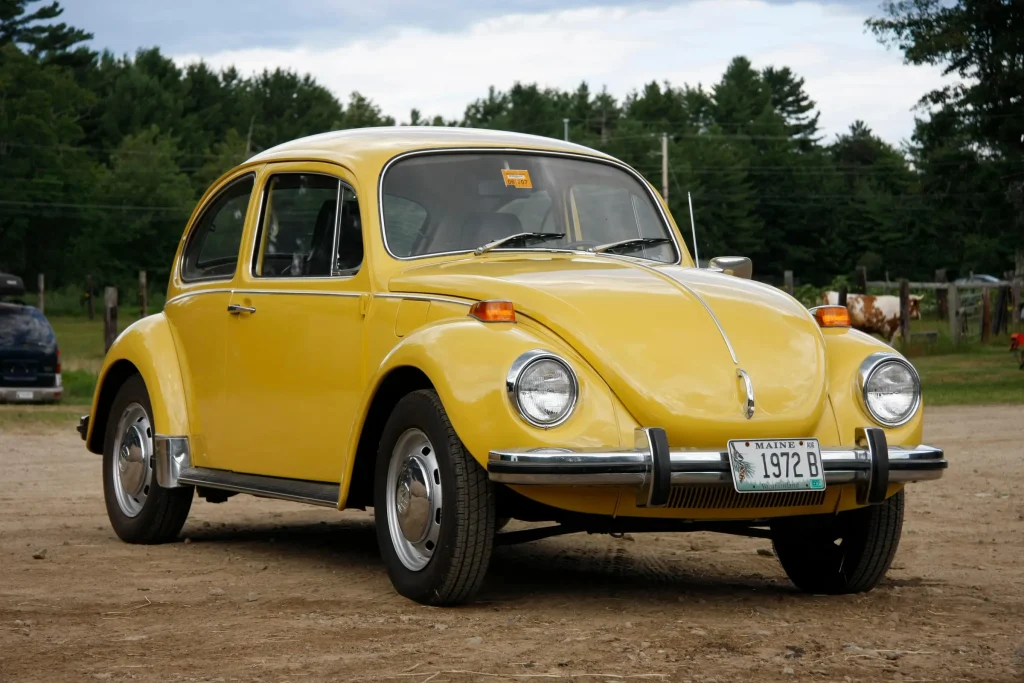
Better still, the entire engine is secured by just four bolts, allowing experienced mechanics to remove it in about 20 minutes. Everything about the Beetle was engineered to be straightforward, making repairs and upkeep a breeze.
Another key aspect of its original design was affordability. Even though production ended long ago, a massive inventory of aftermarket and replacement parts remains readily available.
Beetles are especially popular for custom builds, so the parts market continues to thrive. In addition, Volkswagen Classic Parts still offers OEM components for a wide range of its air-cooled models.
Ford Mustang (First Generation, 1964.5–1973)
Ever since the debut of the 1964.5 model, the Ford Mustang has held its position as a mainstay of American automotive culture. Its popularity has barely dipped over the decades, and it continues to draw admiration wherever it goes.
In fact, it holds the title of the most exported classic American car, with over 20,000 units shipped out of the U.S. between 2011 and 2021. But when picking out a classic, style isn’t the only factor—affordability matters, too.
Thankfully, for fans of vintage Mustangs, these cars are both relatively easy to work on and inexpensive to maintain. Produced before the era of complex emissions systems, their engines are clean and simple.
A 1984 article even noted that mechanics found early ’60s vehicles among the easiest to repair. It’s safe to say modern mechanics probably don’t feel the same way about today’s computerized cars. Of course, these older Mustangs do require more frequent maintenance.
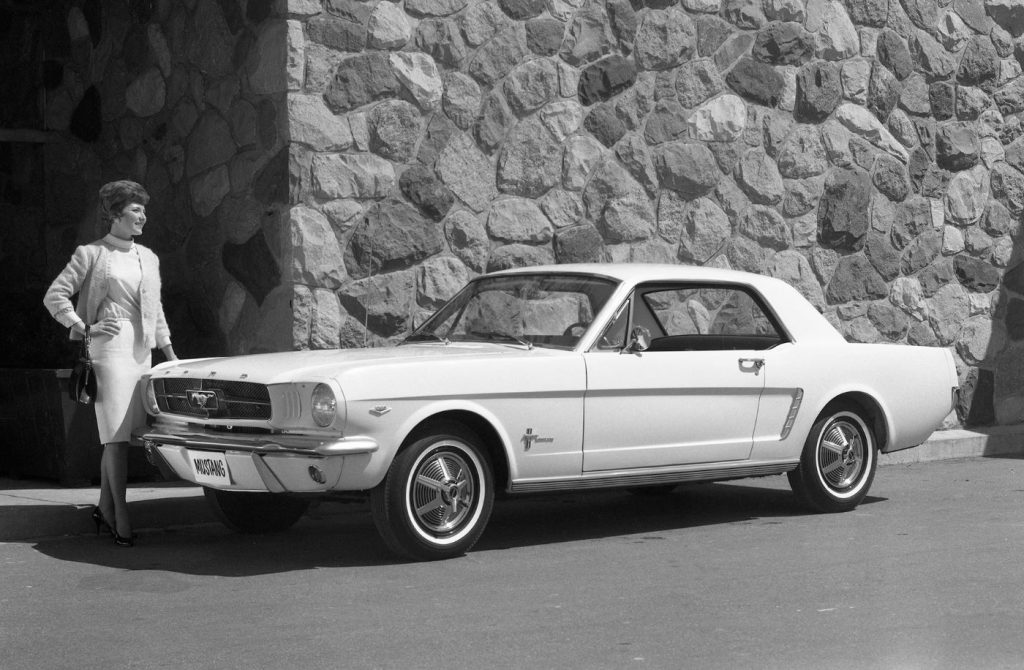
Without electronic controls, you’ll need to adjust things like points, carburetors, and valves more often. The work isn’t hard—it just needs to be done more regularly.
One downside is that finding a real bargain is no longer realistic. Even a decent driver-quality example—not a showpiece—can cost upwards of $20,000. But once you make the purchase, ownership is relatively inexpensive.
Aftermarket and reproduction parts are widely available from numerous suppliers. In fact, just about every part is still in production, including entire body shells. That ongoing demand helps keep prices in check and ensures long-term support for owners.
Also Read: Top 10 Classic American Cars That Still Have Great Engines
Dodge Dart
While Dodge first introduced the Dart nameplate in 1959, it wasn’t until 1963 that it became associated with a compact, budget-friendly vehicle designed for mass appeal. This strategic pivot proved successful, as the Dart remained in production until its initial discontinuation in 1976.
The name would later make a return in 2013, attached to a model based on the Alfa Romeo platform. The original Dart launched with the dependable and durable Slant-6 engine, with a V8 option introduced just a year later.
This transition helped reshape the Dart’s identity from a basic economy car to something with real performance potential.
Outfitted with a V8, the Dart transforms into a lightweight muscle car, and its simple, no-frills design has earned it popularity among drag racers and hot rod builders alike. Dodge sold a large number of these cars, so finding one in usable condition today isn’t too challenging.
That said, rare high-performance models like the 1968 Hemi Dart can fetch prices well over $300,000. For those with a smaller budget, a few thousand dollars can still get you a project car that’s ready to drive or restore.
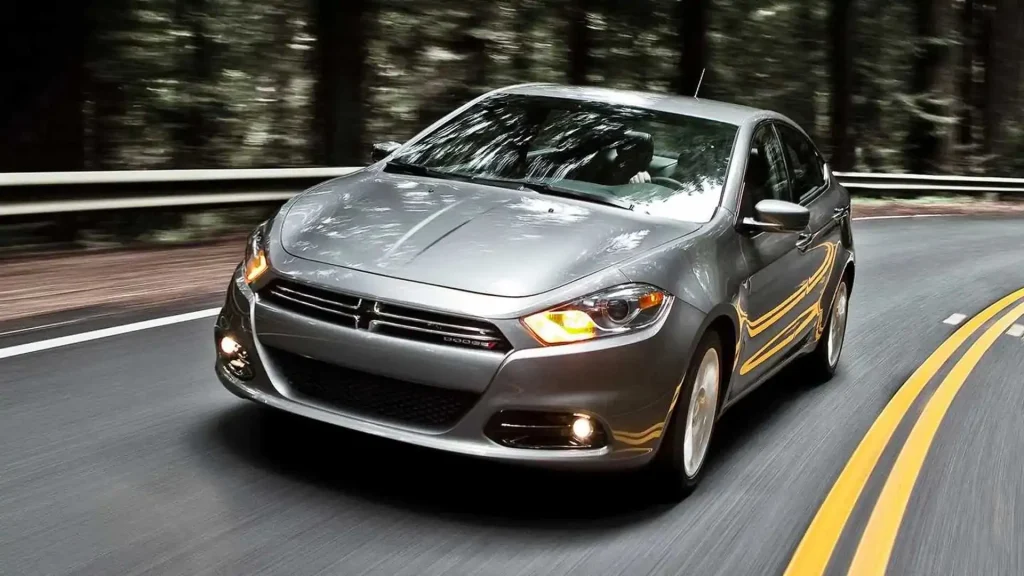
Whether you go with the reliable Slant-6 or the more powerful V8, you’ll find maintenance to be straightforward thanks to the engines’ simplicity and the uncluttered layout under the hood.
Chevrolet Camaro (Second Generation, 1970–1981)
The first-generation Camaro, which debuted in 1967, is an enduring symbol of Chevrolet’s muscle car legacy and remains a sought-after classic.
However, their high demand has driven prices up significantly, prompting many enthusiasts to look toward the second-generation models—produced from 1970 through 1981—as a more cost-effective entry point into Camaro ownership.
Driving a second-gen Camaro delivers an exciting experience. These cars can be built to perform impressively in a straight line, although their handling doesn’t quite measure up to what you’d find in a modern Camaro.
Still, they offer a smooth and enjoyable ride when in good condition—though rear-seat passengers might not agree on the comfort. Regardless of the era, their unmistakable styling adds undeniable cool factor.
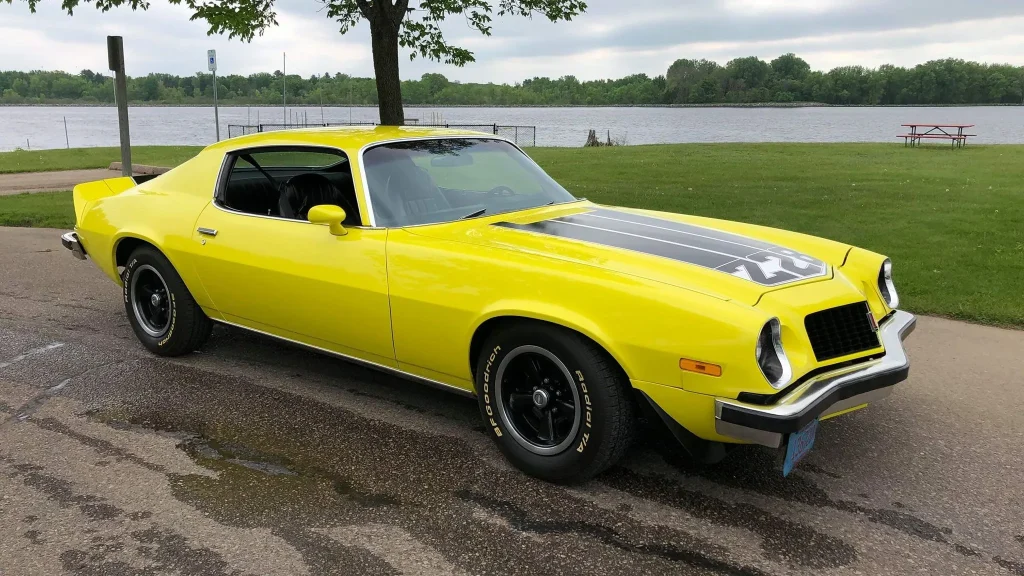
Later years of this generation were impacted by emissions regulations, most notably through reduced compression ratios. However, modern tuning and upgrades can restore both power and clean emissions performance.
In terms of upkeep and parts, Chevrolet has you covered—offering a full catalog of licensed restoration parts through official distributors. The Camaro’s lasting popularity means parts are widely available, and the cars are easy and inexpensive to maintain.
Thanks to the tried-and-true small-block Chevy V8 under the hood, service is simple, and if you ever want a performance boost, a powerful crate engine can be had for around $2,000.
Datsun Z
Whether you’re discussing the original Datsun 240Z, its immediate successor the 260Z, or the 280Z and 280ZX models that rounded out the Datsun Z lineup, each one holds its own place in automotive history.
Though the 240Z shared some underpinnings with the Datsun 510, it was designed to capture the spirit of the Jaguar E-Type while competing directly with cars from Porsche and Alfa Romeo. In doing so, the Z carved out a unique identity and following of its own.
The early 240Z was powered by a robust 2.4-liter inline-six engine fed by dual Hitachi carburetors. Over time, the displacement increased to 2.8 liters, and fuel injection was introduced by 1975.
Thanks to its driver-focused cockpit and sharp handling, the Z-series was an immediate hit. While the earliest Z-cars have seen a significant surge in value, later models like the 280ZX are still accessible on the used market without breaking the bank.
When it comes to upkeep, Z-cars require about the same level of maintenance you’d expect from other Japanese cars of their era. While fuel-injected models may demand a bit more technical know-how, they are generally reliable machines.
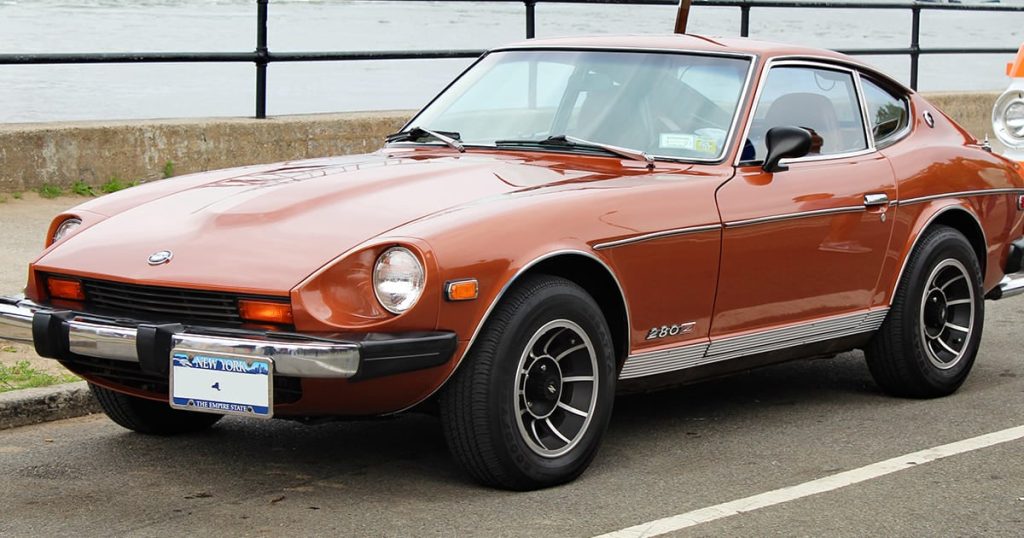
Support from a dedicated community helps keep these cars on the road, and parts are widely available. Z Car Depot is one of the many suppliers that offers a full range of components at prices that rival those of late-model vehicles.
Additionally, specialty manufacturers like Skillard offer custom accessories, albeit sometimes at a premium. Even mainstream outlets such as Advance Auto Parts carry many common replacement parts, often in stock.
However, some owners on Reddit have pointed out that very specific items—like certain trim or molding pieces—can be virtually impossible to find, particularly for both interior and exterior finishes.
Jaguar XJ (V8)
At first glance, suggesting that any Jaguar could be considered cheap or easy to maintain might sound absurd to anyone with even basic car knowledge. The reputation for complexity and unreliability is well documented.
On YouTube, the Car Wizard points to the Jaguar V12 as one of the most difficult engines to work on, and Regular Car Reviews mentions that with a 1987 XJ6, “forums recommended only taking them to a Jaguar specialist.”
So how does any classic Jaguar fit into the cheap and easy-to-maintain category? The answer lies in a clever engine swap—enter the small-block Chevy.
Jaguar’s XJ line boasts refined, sporty styling and delivers a driving experience that blends performance with luxury.
Yet, the original engines are known for their complexity and infamous Lucas electrical systems. Fortunately, if you want a Jaguar that won’t drain your wallet, the key is to look for one fitted with a small-block Chevy V8—an engine widely regarded as one of the most reliable ever made.
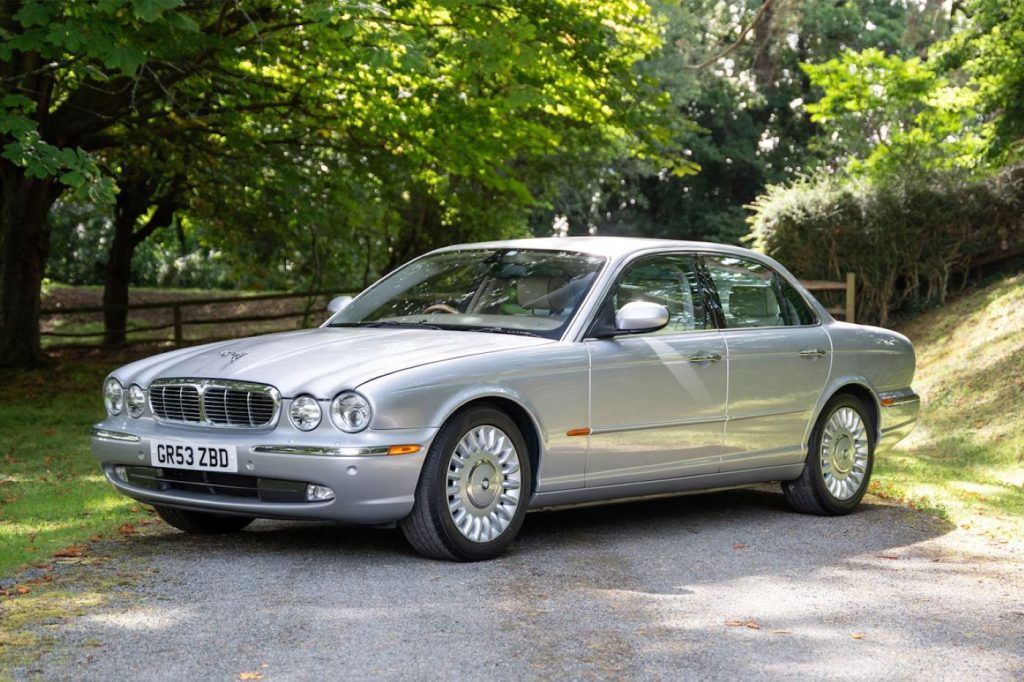
The small-block V8 swap is relatively affordable and straightforward, while offering a massive upgrade in power and dependability. Since Jaguar used GM-sourced automatic transmissions up through 1993, compatibility is often a non-issue.
Earlier conversions typically utilized 327 or 350 small-blocks, but today’s LS-series engines can also be adapted. The most budget-friendly and hassle-free approach is to buy one that’s already been converted.
Examples include a 1983 XJS with a Tuned Port 350 that surfaced in Washington for only $4,900, or the exceptionally clean 1972 XJ6 LS1 that sold on Bring a Trailer for $16,000—both excellent value finds if you’re lucky enough to come across one.
Also Read: 12 Secret Features Hidden in Popular Cars That Will Surprise You
Triumph Spitfire 1500
The Triumph Spitfire 1500 represents the essence of a British sports car. Named after the famed WWII fighter aircraft, the Spitfire is a spirited and stylish little convertible built with one main purpose: to deliver driving enjoyment.
Production began in 1962, and the final 1500 model was manufactured between 1974 and 1980. Powered by a 1.5-liter four-cylinder engine, it wasn’t built for speed, but it handled exceptionally well due to its compact, go-kart-like proportions.
Today, Spitfires are considered collectible and remain within reach for many enthusiasts, though values have steadily increased. Working on the engine is refreshingly easy thanks to the front end’s design—its hood and fenders are a single piece that tilts forward, exposing the entire engine bay.
Personally, I learned to work on cars using my 1978 Spitfire, often perched on the exposed front tire with full engine access. Most jobs could be done from that position alone.
In my experience, maintaining a Spitfire is no more complex than with other cars, but it does need attention more frequently.
The electrical system is notoriously unreliable, and issues with seals are common—I used to bleed the clutch while sitting inside the car before driving off. That said, today’s parts availability makes upkeep easier than it was decades ago.
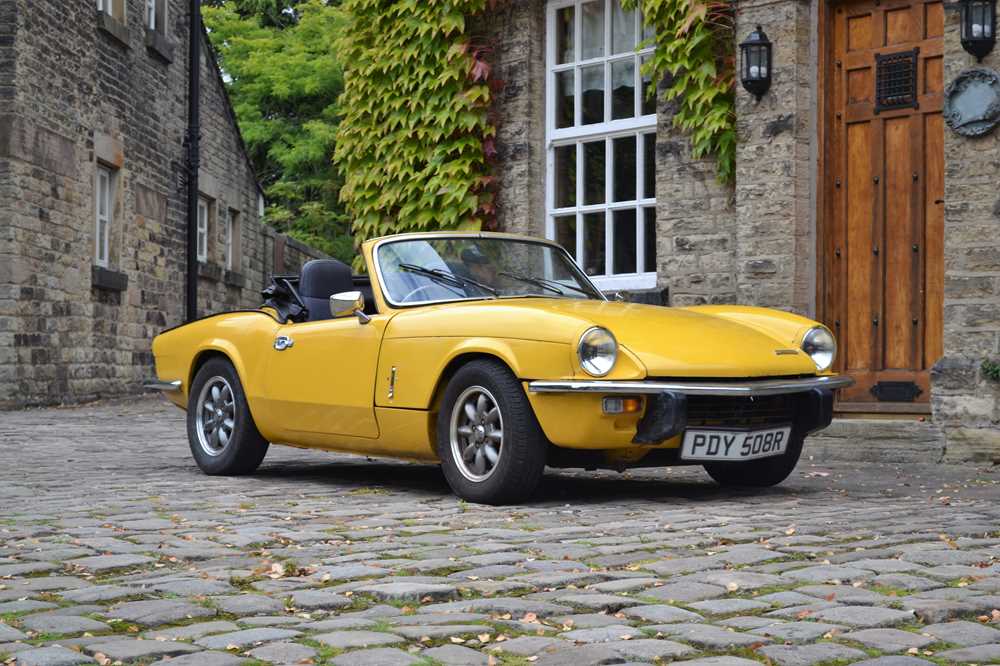
Websites like British Parts Northwest simplify the process of sourcing components, and pricing is similar to newer vehicles—a replacement alternator, for example, costs $119.99.
If you’re willing to deal with its eccentricities, I can confidently say the pure joy of driving a Spitfire makes it all worthwhile.
Square Body Chevy
Though technically a pickup rather than a car, the Chevrolet C/K series—commonly known as the Square Body—produced from 1973 to 1987 (with heavy-duty versions lasting until 1990) stands firmly in the classic and collectible category.
Born during a time when trucks prioritized function over aesthetics, the Square Body’s boxy and rugged design has now become one of its biggest draws. When introduced, it brought key advancements in ride quality, stability, interior space, and more.
Square Body Chevys are undeniably collectible. In early 2024, Hemmings reported that certain models had sold for up to $64,995, while even the lowest-priced examples now start at around $7,000.
That makes it increasingly rare to stumble upon the $1,000 fixer-uppers that were once commonplace. Still, if you’re fortunate enough to already own one, you’ve cleared the costliest hurdle.
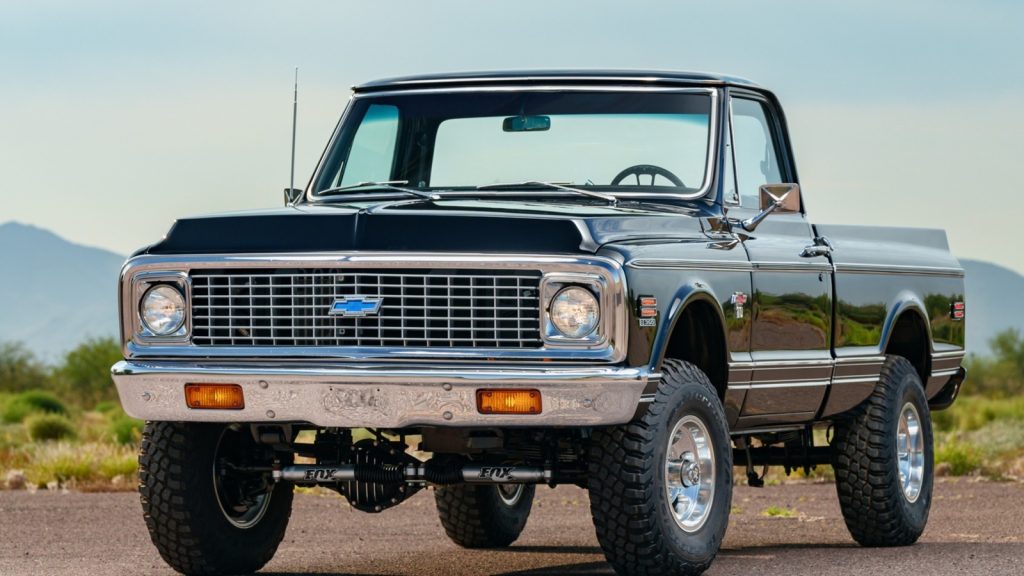
Maintaining a Square Body is as straightforward as it gets. The engine bay is massive, offering enough space to physically get inside for tasks like changing gaskets or pulling the distributor.
Later versions featured GM’s highly dependable HEI distributor, and fuel injection only arrived in the final 1987 model year. Otherwise, the standard Rochester carburetors are sturdy and reliable. Hemmings also noted that the truck’s ongoing popularity has ensured a strong, affordable parts market.
With so many vendors supplying components for classic Chevys, finding what you need is rarely an issue. One important note of caution: steer clear of any surviving models equipped with the much-maligned 5.7-liter Oldsmobile diesel V8.
Jeep Cherokee XJ
When AMC introduced the Jeep Cherokee, it made waves by redefining what an SUV could be. It helped usher in the era of the modern “crossover” by using a monocoque chassis—a structure that reduced overall weight while still offering solid off-road capability and improved ground clearance.
Compared to the larger, body-on-frame competitors of its time, the Cherokee was more compact and took full advantage of computer-aided design during development.
Most importantly, its sleek and sporty styling drew in a wide demographic of buyers, many of whom wouldn’t have otherwise considered owning a Jeep.
The Cherokee’s production run, which lasted nearly 20 years and concluded in 2003, gives it a near-classic status today and stands as a testament to its enduring appeal. Remarkably, the vehicle remained largely unchanged in design during that time.
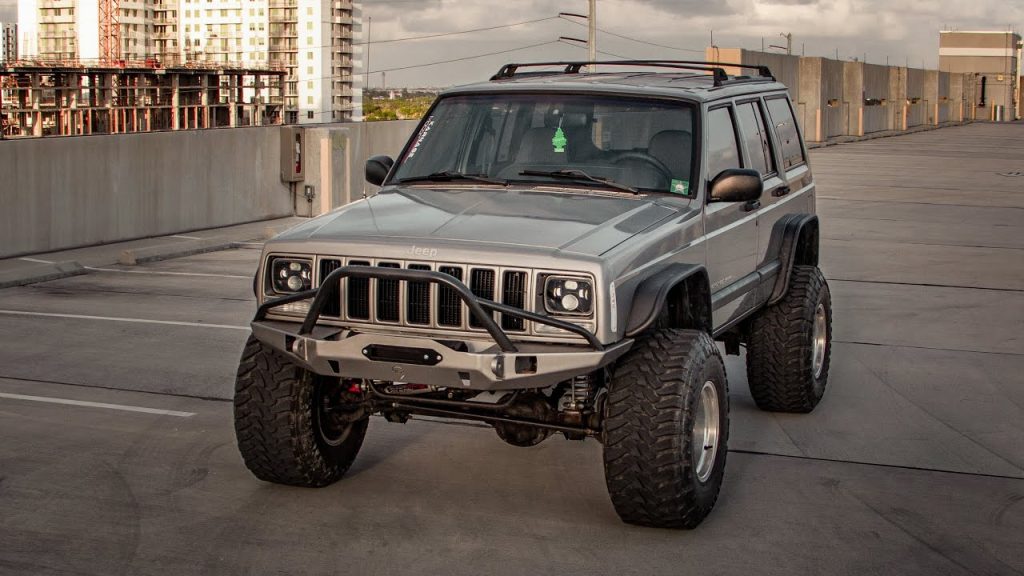
At its core was the beloved 4.0-liter inline-six AMC engine, praised for its torque and near-indestructible reliability. With roots in older AMC engineering, the engine is refreshingly straightforward—no frills, just functional.
Early Cherokees came equipped with the Renix fuel injection system inherited from Renault, which had its fair share of issues. However, after Chrysler took over, its own fuel system resolved many of those problems.
For anyone driving a later model, the major mechanicals are tried-and-true tech that’s both reliable and easy to live with. Despite its age, the Cherokee still holds up well in terms of comfort and refinement.
And thanks to its loyal off-roading community, you’ll have no trouble finding parts or accessories. Online stores like Quadratec stock virtually everything you might ever want or need—and then some.
Chevrolet Corvette C3
There’s no denying the C8 Corvette is one of Chevrolet’s coolest modern creations. It’s also a high-end, tech-heavy car that’s costly to maintain and complex for most home mechanics to touch. Edmunds’ long-term test C8 racked up $9,500 in maintenance over just 25,000 miles.
But if you’re looking for something just as iconic—albeit less powerful—that can be wrenched on at home and won’t cost more than a mid-tier sedan, the C3 Corvette (produced from 1968 to 1982) is an excellent alternative.
It’s worth pointing out that certain early models can command prices exceeding $1 million. However, many of the later years are far more accessible, with some clean, drivable examples available for under $10,000.
The early C3s came out swinging, boasting big block engines pushing as much as 390 horsepower, while the lightweight fiberglass body added to the performance appeal. Unfortunately, performance steadily declined over time, hitting a low by the 1982 model year.
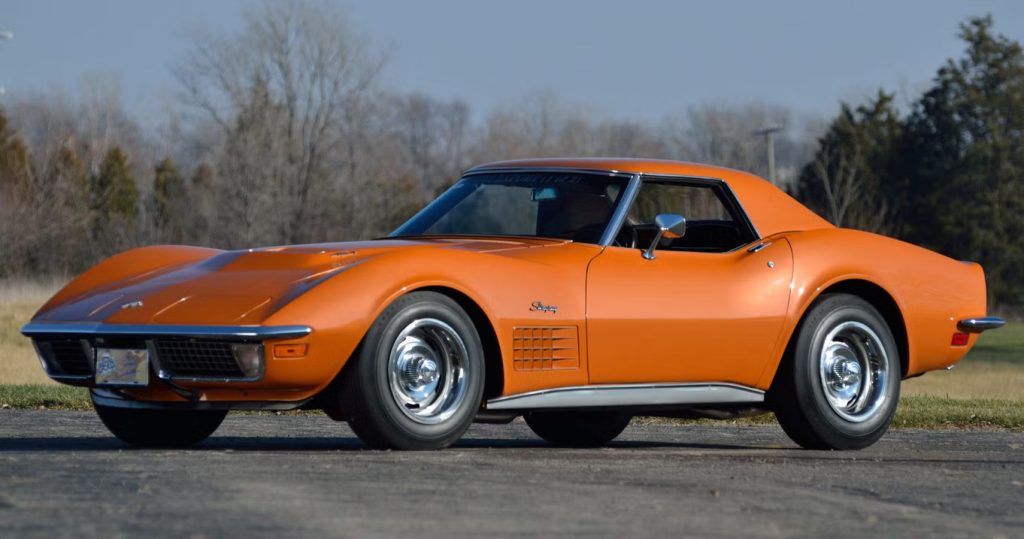
Still, even the less powerful versions are unmistakably Corvette—bold in style and powered by Chevrolet’s legendary small-block V8, apart from the rare (and now pricey) big block editions.
These vehicles share components with other GM models, and for the most part, maintenance is as straightforward as working on a Chevy truck.
One exception is the 1982 C3, which was fitted with crossfire injection—a fuel system that proved problematic due to its overly restrictive design.
Other than that, tuning and modding a C3 is easy, thanks to the wealth of aftermarket support. Dedicated vendors like Corvette Central offer just about every part you could think of. So maybe now’s the right time to grab a classic Vette and hit the road.

